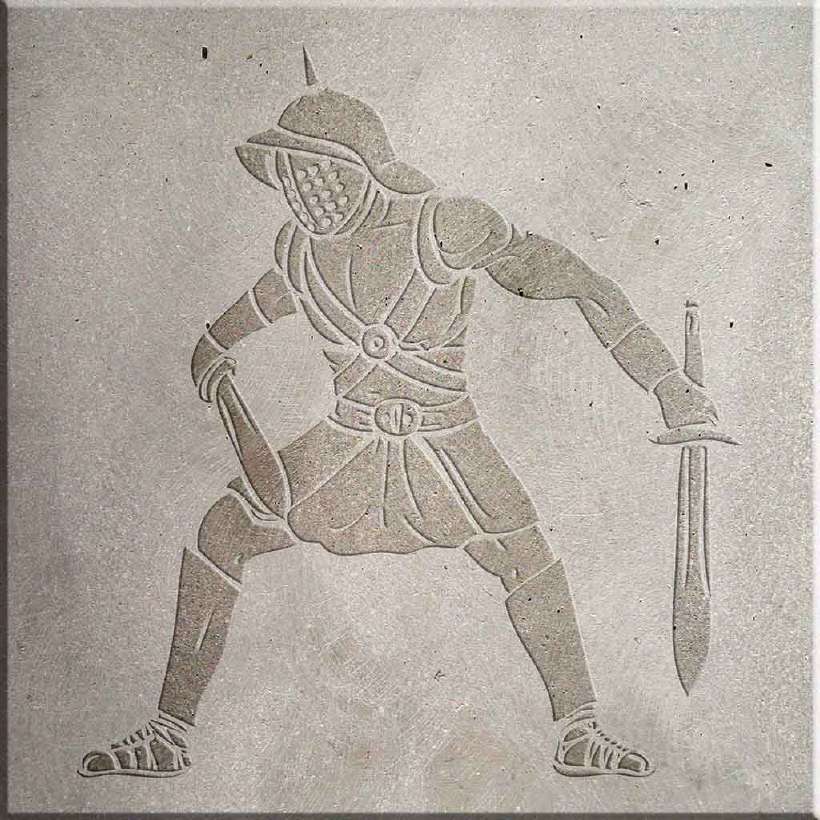Who or What is a Gladiator?
Home / Science for Kids / 5Ws & H For Kids / Who or What is a Gladiator?
It all started in ancient Rome. The most brutal sport that has ever existed in the history of the world was the fights between gladiators. The ‘sport’ traces its roots to the custom among the Etruscan people, a civilisation in Italy that existed before the Roman civilisation. At the death of the master of the house, servants would duel to the death for the right to follow their owners in death and provide help and company.

The first ‘gladiatorial games’ were ‘offered’ in Rome in 264 B.C by sons of Junius Brutus Pera in their father’s honour after he had died. A gladiator was either a professional fighter or a slave, trained to entertain the public by engaging in combat with another person.
Gladiatorial combat soon became a very popular form of public sport. People began to offer these ‘games’ and the number of matches. While the earliest gladiatorial combat consisted of three matches, a century later, Titus Flamininus offered 74 matches lasting over three days!
At first the fights were confined only to funeral ceremonies, but gradually they became the chief amusement of the Romans and were held in huge arenas.
Early gladiators were prisoners of war or slaves or condemned criminals but soon free citizens became gladiators hoping to win fame and fortune. With the popularity of these games, the State assumed greater control, and gladiators were trained in imperial schools. Under a manager, a troupe of gladiators could be sold or hired out, and wealthy citizens hired many as bodyguards.
 / [Shutterstock.com](http://www.shutterstock.com/?cr=00&pl=edit-00)](/media/colosseum-rome-italy_hu22d84cc5978bf7402a8dd02b0612a72a_77749_820x0_resize_q60_box.jpg)
In Rome, the fights were first staged in the markets and then in the Forum, where temporary stands were erected. Amphitheatres (open air theatres) were constructed so people could watch these games. The largest of the amphitheatres was the Amphitheatrum Flavium, or Colosseum, which was inaugurated by Titus in 80 A.D. that could seat as many as 50,000 spectators.
Called the games or circus, the spectacle was usually staged for Caesar and Rome. On the day of the games, the gladiators were ceremoniously led in and paraded around the arena before presenting themselves at the emperor’s podium. The gladiators wore splendid armour of gold and silver.
After the parade, there was a mock battle with wooden weapons to build up the appetite of the spectators. Then the fight was begun in earnest with a variety of weapons. Wounded gladiators could lay down their shield and raise the left hand to plea for mercy where it was left to Caesar to decide his fate. As patron of the games, it was Caesar who made the final decision, although it often was necessary to appease the whims of the public.
Caesar decided based on what the public wanted – a thumbs up sign and the gladiator’s life would be saved. If they held their thumb down the victim was killed.
Victors were awarded crowns or a palm branch and whatever prize money that had been set before the start of the games, as well as any money awarded by the crowd.
With the passage of time, the Romans got bored with even those ‘mild’ battles and invented new spectacle like women gladiators. However, Emperor Septimius Severus outlawed the practice.
Increasingly, the fights became more and more bloody. Gladiators were set to battle with lions, tigers and other wild beasts. There were many efforts to stop these cruel sports. Thankfully in 326 A.D., Constantine abolished the games and the remaining schools closed by Honorius in 399 A.D. But gladiatorial combats continued, in one form or another, until 404 A.D., when Honorius finally prohibited them altogether.
637 words |
6 minutes
Readability:
Grade 8 (13-14 year old children)
Based on Flesch–Kincaid readability scores
Filed under: 5ws and h
Tags: #money, #sports, #gladiatorial, #emperor
You may also be interested in these:
Prisoners Ride on Fried Snack Success
Finns Favour Freezing Swim
Fungus Threatens Chinese Warriors
The Spirit of Christmas
The Emperor who Won a Toy in a Fight